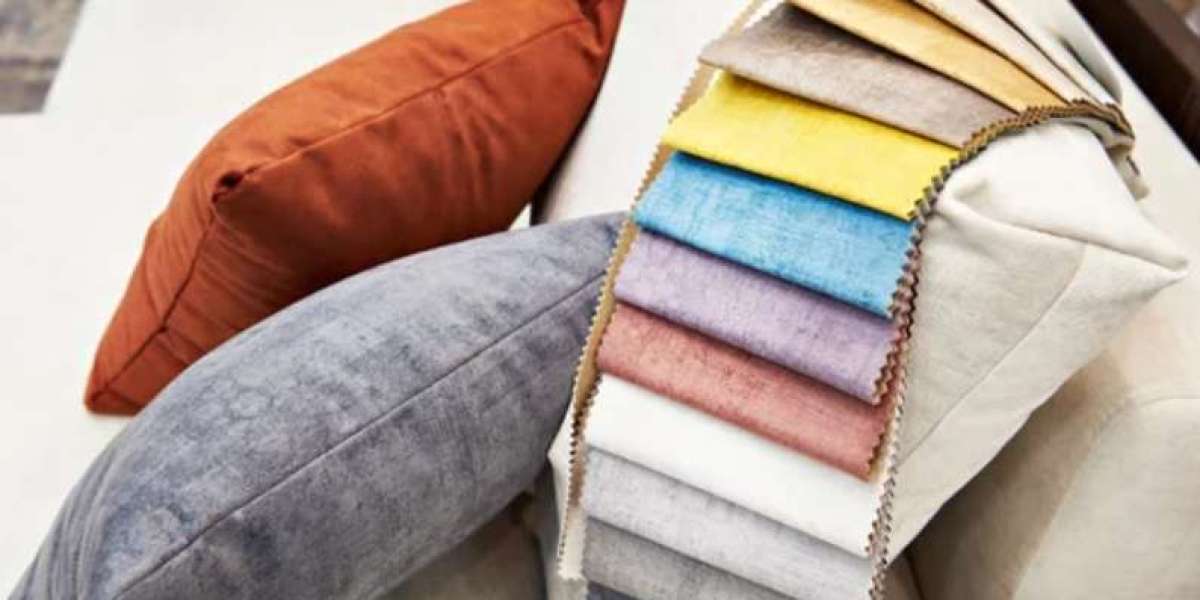Reupholstering your sofa is a smart way to extend its life, but the fabric you choose is critical for both style and durability. It’s not just about aesthetics—the right material ensures your sofa handles daily wear. Whether you’re using sofa upholstery services or doing it yourself, here’s a guide to picking the best fabric.
1. Know Your Sofa’s Purpose
How is your sofa used? Is it a hub for kids’ playtime or pet naps? A spot for casual dining? Or a decorative piece for guests? Your daily routine determines the ideal fabric.
Quick reference:
- Kids/pets: Microfiber, leather, or performance fabrics.
- Adult-only, low-use homes: Velvet, linen, or wool blends.
- Busy living rooms: Tightly woven synthetics or durable blends.
- Formal areas: Silk, fine cotton, or premium linen.
2. Check Fabric Strength
Ask sofa upholstery services about the “rub count” (double rubs), which measures how well a fabric resists wear. For everyday use, choose 15,000+ double rubs; for heavy use, aim for 25,000+. Tightly woven fabrics are tougher than loose or thin ones.
3. Fabric Options: What to Know
Here’s a snapshot of common upholstery fabrics:
- Microfiber: Durable, soft, and easy to clean. Perfect for families.
- Leather: Long-lasting and wipeable but prone to pet scratches.
- Linen: Stylish but stains and wrinkles easily.
- Velvet: Plush but collects dust and pet hair.
- Cotton blends: Soft and budget-friendly but less durable.
- Performance synthetics: Built for spills and tough use.
4. Maintenance Matters
Before choosing, check the fabric’s cleaning requirements. “W” or “W/S” codes allow water-based cleaning, ideal for home upkeep. Some fabrics need professional cleaning. Ask about stain-resistant treatments from sofa upholstery provider to simplify care.
5. Choose Colors and Patterns Wisely
Color and pattern impact maintenance:
- Light fabrics: Show stains fast.
- Dark fabrics: Conceal dirt and wear.
- Patterns/textures: Hide minor spills or damage.
If you’re frequently booking sofa repair for stains or rips, a textured or patterned fabric can disguise wear.
6. Allergy-Safe Fabrics
If allergies are a concern, skip dust-trapping fabrics like wool or thick velvet. Choose leather, faux leather, or tightly woven synthetics, which are easier to clean and less likely to hold allergens.
7. Fix the Frame Too
Worn fabric might hide a bigger issue. If your sofa sags or feels unstable, pair reupholstering with sofa repair to address structural problems. A strong frame and durable fabric ensure a long-lasting sofa.
8. Try Samples in Your Space
Fabric swatches can look different under your home’s lighting. Take samples home, lay them on your sofa, and observe them throughout the day. Test cleanability with a small water spill to gauge performance.
Final Word
Reupholstering is an eco-friendly way to revive your sofa, but the fabric must match your lifestyle. Collaborate with sofa upholstery services to select a durable, low-maintenance option. If the frame’s worn, add sofa repair for a fully revitalized piece. Pick a fabric that’s as practical as it is stylish for years of enjoyment.



